Continued sharp decline
The international gold market witnessed a sharp decline in the week from May 12 to 16. The spot gold price on the Kitco floor in New York closed the week at $3,204/ounce, down more than 3% from the $3,300/ounce at the beginning of the week. During the week, the gold price hit a low of $3,127/ounce on May 15, reflecting strong selling pressure.
Compared to the record of 3,500 USD/ounce on April 22, the price of gold has lost nearly 9.4%, equivalent to a decrease of 300 USD/ounce. However, since the beginning of 2025, the price of gold has still increased by an impressive 22.9% from 2,625 USD/ounce.
In Vietnam, domestic gold prices are also under downward pressure. SJC gold bars closed the week at VND115.5-118.5 million/tael, down VND3 million compared to the end of last week. Gold ring prices also plummeted, down to VND111-114 million/tael.
Notably, the price of SJC gold bars is still about 16.7 million VND/tael higher than the converted world price, showing a prolonged difference in the domestic market.
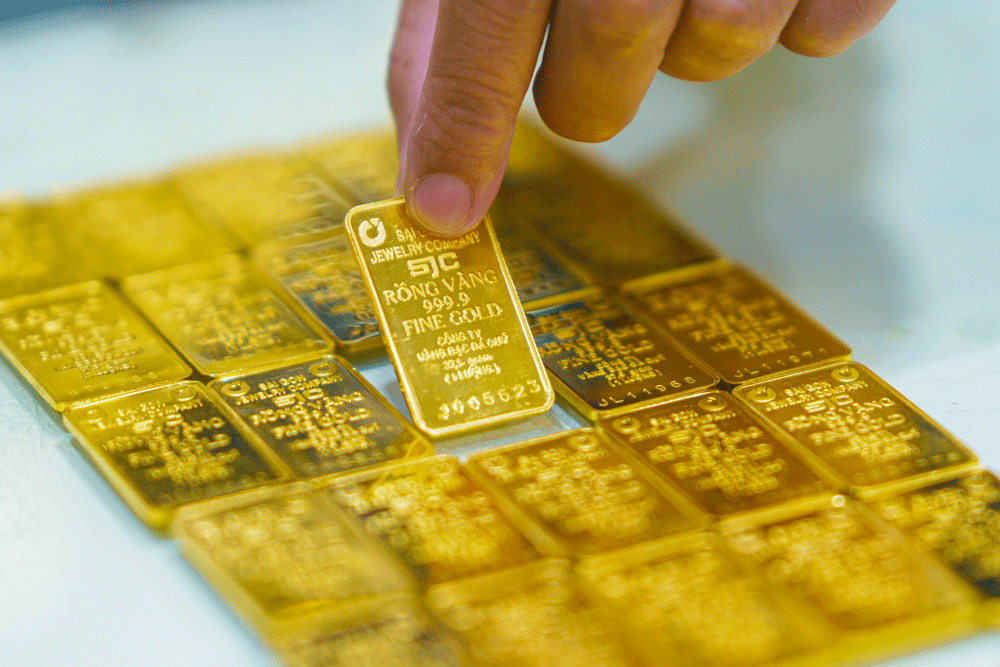
The main reason for this price drop comes from many factors. Firstly, the US-China trade truce, with both sides reducing tariffs from 145% to 30% (US) and from 125% to 10% (China) for 90 days, has reduced the demand for safe haven gold.
Global stock markets, especially Wall Street, continued to boom with the Dow Jones index rising 0.8%, the S&P 500 rising 0.7%, and the Nasdaq rising 0.5%, attracting cash flows from safe assets like gold to risky assets.
Second, the USD recovered, with the DXY index rising from 99 to 101 points, putting pressure on gold prices due to the traditional inverse relationship.
Third, positive US economic data, with falling inflation and reports showing a solid economy, reduced expectations of a near-term interest rate cut by the US Federal Reserve (Fed), making gold less attractive.
Finally, profit-taking after the previous surge also contributed to this correction.
Donald Trump's policies and gold price trends
US President Donald Trump’s economic and foreign policies continue to dominate the global gold market. The US-China trade deal has temporarily eased tensions, but investors remain cautious. Many experts believe this is just a tactical move.
If negotiations fail to produce results after 90 days, the risk of a trade war re-emerging remains. In addition, Mr. Trump is considering imposing reciprocal tariffs in the coming weeks on many other countries, raising concerns about a global economic recession, which could push gold prices up again.
Global geopolitical tensions, despite signs of easing in the Middle East, remain supportive of gold. Trump’s Middle East trip brought in $3.2 trillion in investment deals from the UAE, Qatar and Saudi Arabia. The trip also helped advance the Abraham Accords and brought the US closer to a nuclear deal with Iran. These developments have reduced the demand for safe haven gold in the short term.
However, Russia-Ukraine negotiations remain tense and protracted. Geopolitical risks could trigger a wave of gold buying if the situation worsens.
The US economy is showing strength with falling inflation and positive economic indicators. This makes the market tilt towards the possibility of the Fed keeping interest rates at 4.25-4.5% until September, instead of cutting them early. The US dollar's recovery from a three-year low also puts pressure on gold prices.
However, if Mr Trump's tariff policies cause inflation to rise, the Fed could ease monetary policy, supporting gold prices in the medium term.
Gold demand from central banks, especially China, Russia and India, remains strong. The People’s Bank of China (PBOC) added 2.2 tonnes of gold in April, bringing its total purchases for the year to 14.9 tonnes.
According to the World Gold Council (WGC), gold demand from central banks could exceed 500 tonnes in 2025, providing an important support for gold prices. However, capital flows into gold ETFs showed signs of slowing in May, with net withdrawals likely due to increased risk appetite.
The movement of physical gold between New York and London suggests unusual speculative flows. Gold ETFs in New York saw net buying activity return after a correction, while London saw physical outflows, possibly as European investors shifted to equities. This reflects a divergence in investor sentiment, but is not enough to reverse the short-term downward trend in gold prices.
Money is shifting strongly to risk assets such as stocks and cryptocurrencies. Bitcoin hit $103,000, while US and European stocks rallied on optimism. In contrast, gold and safe-haven assets such as US Treasury bonds are under pressure. If risk sentiment reverses due to geopolitical or trade uncertainty, gold could attract money again.
In the week of May 19-23, world gold prices may continue to be under downward pressure due to profit-taking activities and risk-on sentiment. The important support level is at 3,100-3,200 USD/ounce. Factors such as geopolitical instability, demand from central banks and inflation risks due to the Trump administration's policies may push gold prices to recover in the medium and long term.
Some forecasts still suggest that gold could reach $3,500 an ounce by the end of the year.
In Vietnam, domestic gold prices will continue to be affected by world prices, but the high gap compared to international prices may narrow if the State Bank strengthens market management.

Source: https://vietnamnet.vn/gia-vang-lao-doc-tuan-thu-4-du-bao-tuan-toi-se-ra-sao-2402194.html



![[Photo] Vice President Vo Thi Anh Xuan, French President Emmanuel Macron and his wife visit Hanoi University of Science and Technology](https://vphoto.vietnam.vn/thumb/1200x675/vietnam/resource/IMAGE/2025/5/27/267b6f2bdf3e46439f081b49f6ec26b1)


![[Photo] Hungarian President begins official visit to Vietnam](https://vphoto.vietnam.vn/thumb/1200x675/vietnam/resource/IMAGE/2025/5/27/ab75a654c6934572a4f1a566ac63ce82)

















































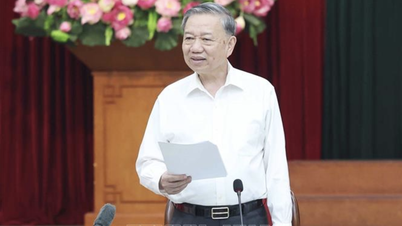
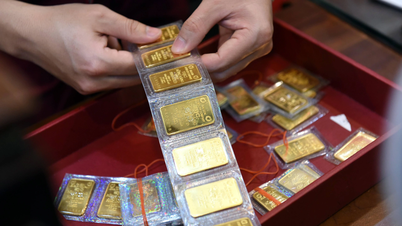

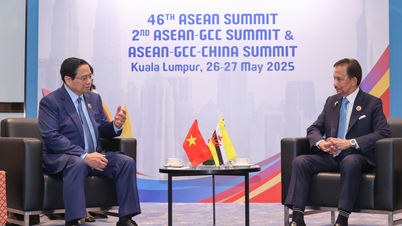











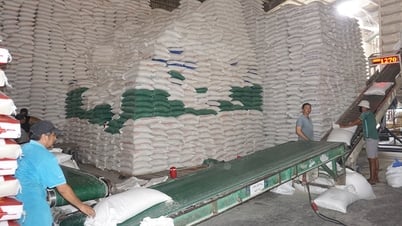


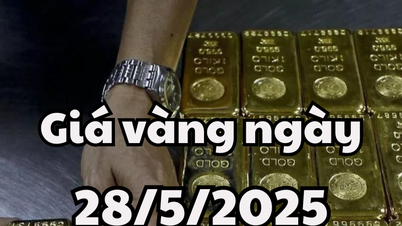
















Comment (0)